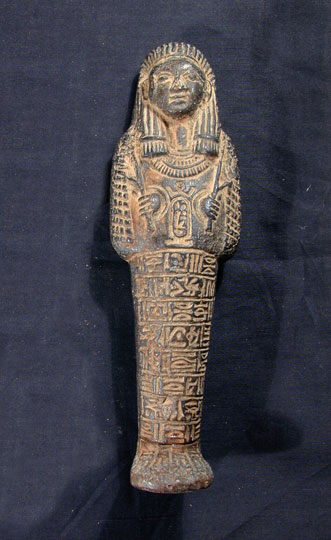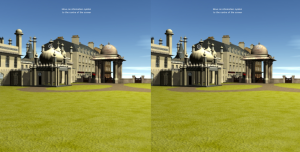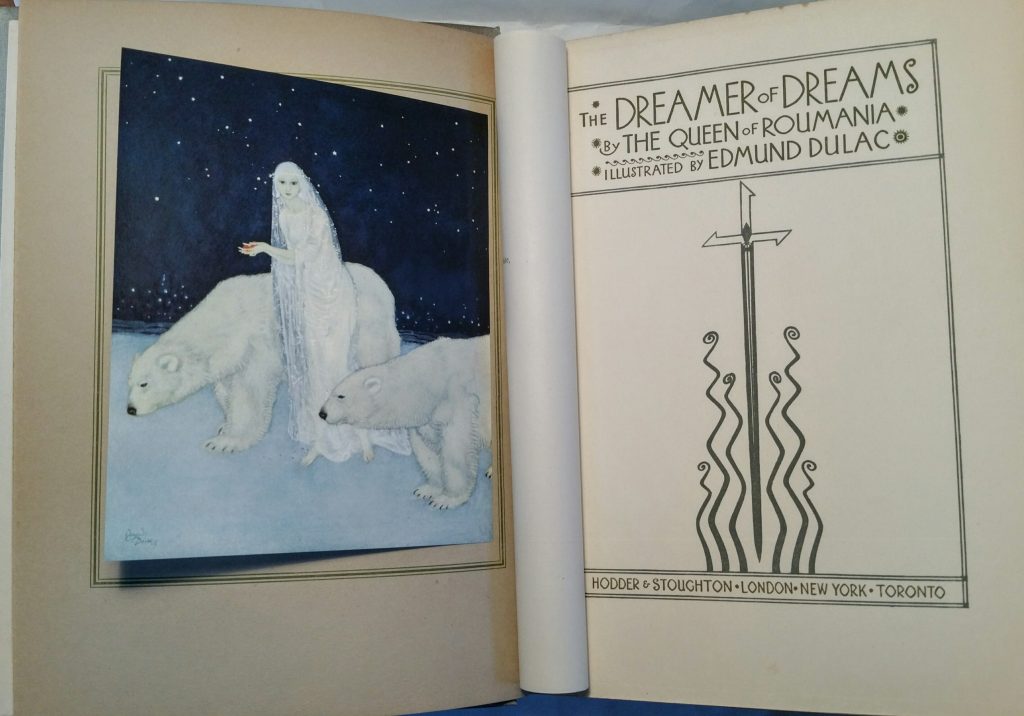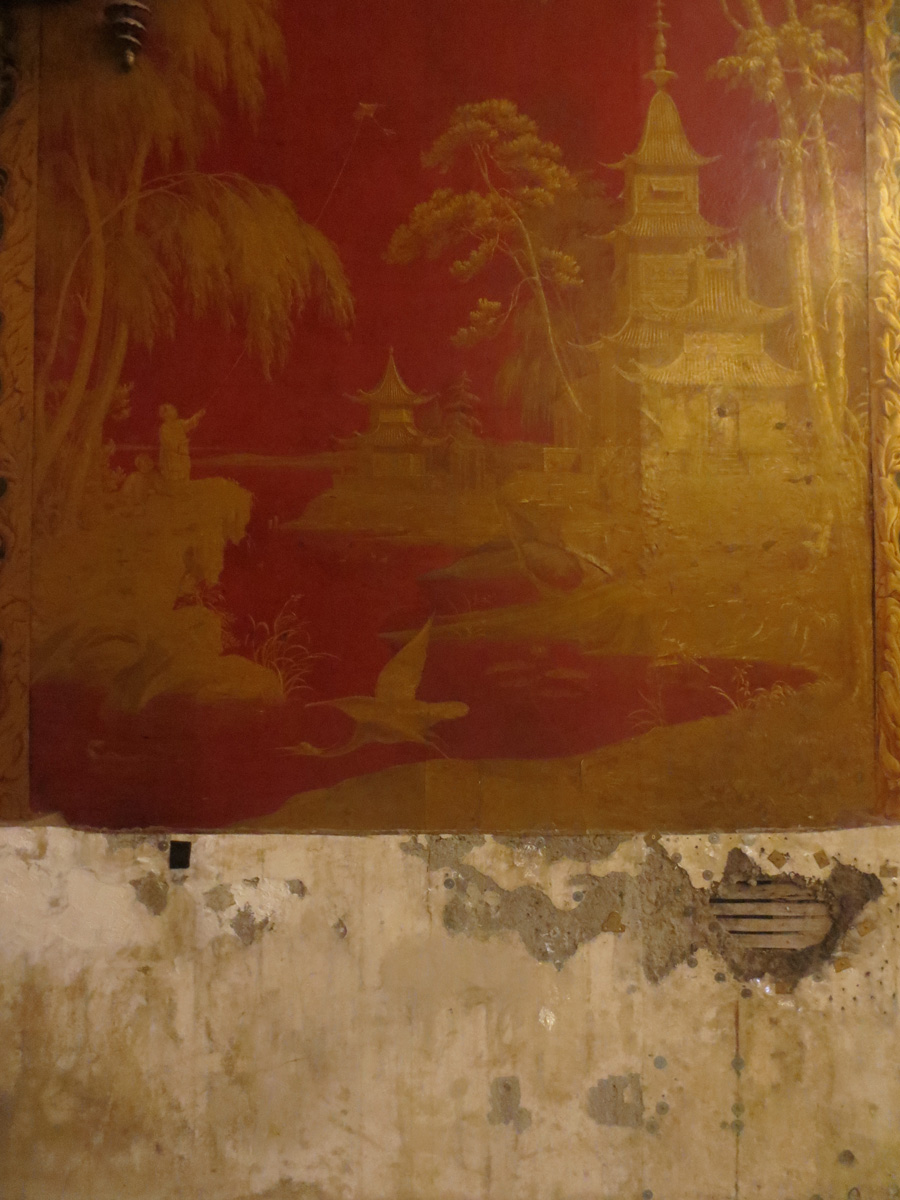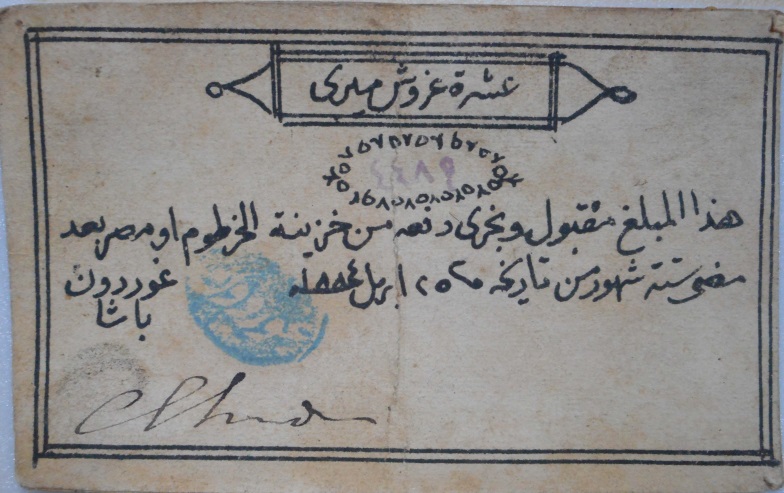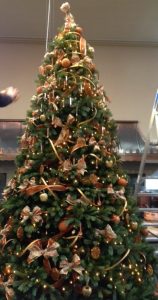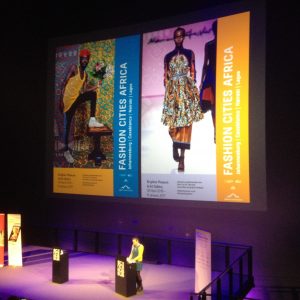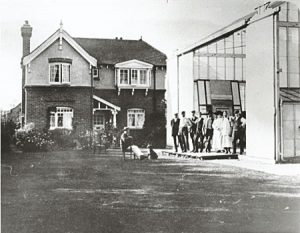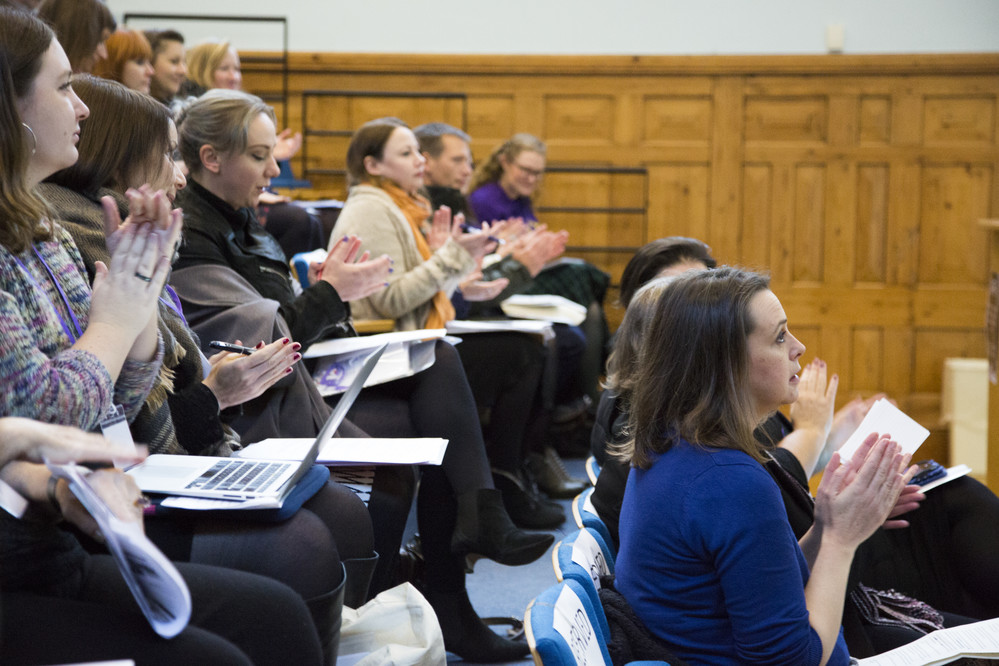
This is a legacy story from an earlier version of our website. It may contain some formatting issues and broken links.
Last month we welcomed almost 40 delegates from museums across the UK to join us in Brighton for our first ever conference on Workforce Development (WFD).

Delegates at Museum Workforce Development conference 2016. Courtesy Becky Butwright.
The conference was inspired by a successful initiative at Royal Pavilion & Museums (RPM) , which has offered employees the opportunity to branch out from their usual roles and try their hand in alternative jobs and teams for temporary periods. The ultimate goal is to allow staff to discover new talents; introduce them to fields of work that we perhaps never even knew we were interested in; and offer the chance to work within different environments and teams.
I, for example, have worked front of house at RPM for nearly four years now, and in summer 2015 was offered the opportunity to work with the museums’ Creative Programming team to help run the social media campaign for the Fashion Cities Africa exhibition – a brilliant experience which then helped to land me the role of Conference Blogger last week!
Four years after Workforce Development was introduced to the Royal Pavilion & Museums workforce in 2012, over a quarter of our 100+ staff members have now experienced its benefits first hand – some even taking up more than one WFD opportunity in that time. With help from Learning, Engagement & Volunteer Manager Helen Graham and Museums & Galleries Freelancer Ellie Newland, RPM staff Alice Forward, Holly Parsons, Nick Kay and Kate Szeless spent five months working their socks off to plan and deliver last week’s conference as a way of sharing RPM’s experiences, and to celebrate and promote the WFD initiative.
The day kicked off in the Dome Theatre café, as delegates were ushered inside from the crisp morning cold to tea, coffee and a generous selection of divine-smelling pastries (aka THE best way to start the day). After an opportunity to mingle and warm up, everyone was ushered over the road to the Old Courtroom for a series of talks. The first was from the Mayor of Brighton & Hove, Councillor Pete West, offering our visitors a warm welcome to the city – a place he described as a sanctuary which prides itself on inclusivity and diversity: qualities that he’d like to see reflected in the cultural workforce. Councillor West then had us all on our feet for a bit of on-the-spot jogging to warm up! Next up was Head of RPM Janita Bagshawe, welcoming everybody to the Royal Pavilion Estate and highlighting how crucial diversity is to the development of the cultural workforce. Janita explained how it’s been recognised that RPM’s front-of-house workforce are more diverse than those working behind the scenes; and how this was the catalyst for beginning to offer WFD opportunities.
The next 20 minutes were then centred on WFD at RPM. We started with an introduction from Helen Graham, which provided some brilliant stats highlighting how WFD opportunities have resulted in staff feeling heightened levels of self-confidence, creativity and general happiness – complete with some fab pictures to illustrate. Helen was followed by Head of Enterprise & Business Systems Abigail Thomas, who talked us through some significant examples of when past WFD schemes have had amazing results. The first was the case of staff being encouraged to help out with restorative conservation work during the Royal Pavilion’s annual closed week, which subsequently led to VSO team member Nick Kay leading ‘Conservation in Action’ sessions every Tuesday morning. Abigail also spoke about the re-opening of the Royal Pavilion’s famous basements and tunnels to make way for public guided tours from VSO staff Geoff Greenwood and Meg Hogg; before telling delegates about how the LGBTQ-focused museum trail curated by Rob White and Kelly Boddington has now led to talk of a Queer Art History module being introduced at the University of Sussex.
The third and final speaker for this section was Maria Foy, ex-RPM Duty Manager. Maria told us how, as a manager, she felt that ‘not encouraging personal growth was not an option’ and spoke of the importance of pushing creativity and stepping outside of one’s comfort zone. WFD inspired Maria so much to develop herself professionally and personally that she has now left RPM and is living on a Greek island where she runs her own creative business, Greek Island Painting Trips. Unfortunately Maria didn’t bring the sunshine with her but to see her glowing with such happiness was equally heart-warming! Maria is walking evidence of how WFD is far more than just a way to fill gaps by shifting employees from place to place; for most, it’s the start of a journey to self-belief, newly-opened doors and a richer life.
Next on the stage were Libby Finney, Elizabeth Coningsby and Celine Luppo McDaid from London Museum Development, talking innovative training approaches. Topics covered within their insightful half-hour discussion were how WFD can help to identify both strengths and weaknesses; how ‘takeaway kits’ can enable new skills acquired through WFD to be implemented immediately and not just after funding has been secured; and how Dr. Johnson’s House’s definition of ‘develop’ is ‘uncover, unveil and unravel’.
Then came Sarah Gore from the Norfolk Museums Service. Sarah told us about how Norfolk Teaching Museum was established to provide alternative pathways into museum careers to make way for a more diverse workforce, after research findings showed that people felt there were a distinct lack of entry opportunities. The museum offers at least five traineeships a year, which provide training across all areas – from curation to education to customer service. Sarah’s talk was seriously inspiring and highlighted how the Norfolk Museums Service’s pioneering efforts to increase opportunities and diversity across their museums have set the standard for other museums to follow.
Next up were Naomi Shoba, Katherine McAlpine, Polly Andrews and Laura Aldridge from Engage’s Extend programme to discuss the importance of co-production within museum workforces. During their talk, Naomi, Katherine, Polly and Laura spoke about how co-production includes commitment to succeeding or failing as a team and means going through a development stage together, allowing all stakeholders to input and make decisions collectively. It was really refreshing to learn about other organisations’ hard work to ensure that staff in all positions are given opportunities to come together and contribute to decision-making processes as a team.
Finally, we heard Jess Turtle from the Museum Association speak about the Transformers programme, the workforce initiative for people mid-museum career looking to change the way they work – for which, by the way, applications are now open! Jess told us that Museums Association are adamant that equality, diversity and inclusion should be foundational to museums – and we agree.
After a closing speech from Janita, delegates were released for a lunchtime break; the perfect opportunity to refuel, explore the stunning Royal Pavilion Estate, and mingle some more (there’s no such thing as ‘too much mingling’).
Following lunch was an afternoon of workshops, each of which the delegates had pre-selected and booked themselves onto. As much as I’d love to possess the ability to be in multiple places at once, unfortunately that’s not the case – so instead I picked out a few workshops from the list and nipped from one to another over the course of the afternoon, to give you guys a broad idea of what went down.

Delegates at Museum Workforce Development conference 2016 in Brighton Museum Art Room. Courtesy Becky Butwright.
The first session I popped my head into was Pallant House Gallery’s hands-on ‘Step Up: Make and Learn’ workshop in Brighton Museum’s Art Room; an opportunity for delegates to mingle, let their creative juices flow and talk arts, heritage and Outside In, Pallant House’s flagship project aimed at those facing barriers to the art world. After witnessing some immaculate cutting and sticking, eavesdropping on some really innovative discussio,n and checking out some of the artwork produced by members of the Outside In community, it was time for me to drag myself away.

Inspecting artefacts in Museum Lab. Courtesy Becky Butwright.
A quick trip upstairs took me to Visitor Service Officer (VSO) Amanda Grimshaw and Curator of Collections Projects Andy Maxted’s Badges and Medals workshop in the Museum Lab, where participants were encouraged to inspect some enigmatic metal artefacts, get their thinking caps on and have a guess at what the stories behind them were.
Next I dashed over to the Royal Pavilion’s William IV Room, where Marie Kennedy and Niki Hughes from Cambridge Museums were talking delegates through the service’s initiatives and strategies for guiding young people into jobs in museums; an area where entry pathways are often otherwise limited. Marie and Niki told us that there is a common misconception that the only museum jobs available are cleaning or sitting on the front desk, a prospect which puts young people off – and how they’re working hard to change that.

Courtesy Becky Butwright
Downstairs in the Music Room I found VSO staff Nick Kay and Ted Ward presenting a talk on how WFD opened up the opportunity for them both to contribute to restorative conservation of the Royal Pavilion alongside their usual roles. Granting access to this highly respected and important line of work has not only taught Nick and Ted a lot about the fine art of conservation, but has allowed them to work within a completely different team and learn about a side of the Royal Pavilion that they previously knew zilch about.
To round off the series of workshops, I headed back museum-wards to catch Booking Office Assistant Rob White and Buying Assistant Kelly Boddington leading a gaggle of delegates on the LGBTQ Museum Trail that they curated in 2013. The trail is a way of allowing visitors to explore LGBTQ stories behind the objects in the museum; histories which have otherwise been hidden. Rob and Kelly’s is the first permanent trail of its kind but devising it didn’t come without its challenges; for example, research was difficult to begin with due to archaic museum cataloguing conventions.
3.15pm was the perfect time for a well-earned afternoon break, with baked delights provided very kindly by the Bridge Community Education Centre in Moulsecoomb (seriously, I have never, and will never again, experience a brownie quite so beautiful). With munching and chinwagging up, delegates then hot-footed it back over to the Old Courtroom for a final series of talks.

John Orna-Ornstein speaking at Museum Worfroce Development 2016. Courtesy Becky Butwright.
A keynote speech from the Arts Council’s Director of Museums John Orna-Ornstein was the perfect way to summarise WFD and everything it stands for. John told us that he feels UK museums have amazing collections and an amazing workforce but that they also have a problem – the average museum workforce still does not reflect the society in which we live. Funders and museums simply don’t pay enough attention to WFD, John told us – only 5% of museum staff currently have a mentor. John finished up by highlighting the importance of taking calculated risks and not simply playing it safe by employing ‘the person who looks like you’ if we are ever to see truly equal, diverse and inclusive museum workforces across the UK. Much to our delight, Arts Council England will continue to work hard to tackle the lack of WFD development opportunities currently available for museum staff – and there will be more funding!
Finally, a plenary was delivered by Alice Forward and Nick Kay, two members of the legendary WFD Conference team; all of whom have slogged tirelessly to ensure that the day was nothing less than ground-breaking and all of whom should be eternally proud of themselves. The organisation of the conference itself was orchestrated entirely as a WFD project, perfectly exemplifying just how limitless WFD’s scope for success really is. Every single person who spoke, led and attended over the course of the day was passionate, inspirational and inspired, and we’re confident that all left with new-found ideas about how they can contribute to ensuring that the WFD phenomenon continues to expand and develop. Mission complete.
Ruby McGonigle,
Bookings Office & Retail Assistant

 The images and text in these records are all available for free re-use.
The images and text in these records are all available for free re-use.